May 21, 2025 | 06:33 GMT +7
May 21, 2025 | 06:33 GMT +7
Hotline: 0913.378.918
May 21, 2025 | 06:33 GMT +7
Hotline: 0913.378.918

The conference is within the framework of Aquaculture Vietnam 2023, organized by Informa Markets and the Department of Livestock Production (Ministry of Agriculture and Rural Development). Vietnam Agriculture Newspaper is the media sponsor for the event. Photo: Nguyen Thuy.
The above information was given by experts at the 2023 International Fisheries Industry Conference with the theme "Overcoming crisis, developing prosperity," organized by the Organizing Committee of Aquaculture Vietnam 2023 in coordination with the Vietnam Fisheries Society.
This is an opportunity to share knowledge and an incentive platform to help private sector enterprises, businesses, and non-governmental organizations combine to create sustainable seafood industry products.
2022 was the year that Vietnam's seafood industry reached an export level of US$ 11 billion. However, by the fourth quarter of 2022, Vietnam's seafood industry, under the impact of the global economic recession and climate change... has fallen into a difficult crisis. This is the most extended, challenging, and severe crisis in the past 15 years.
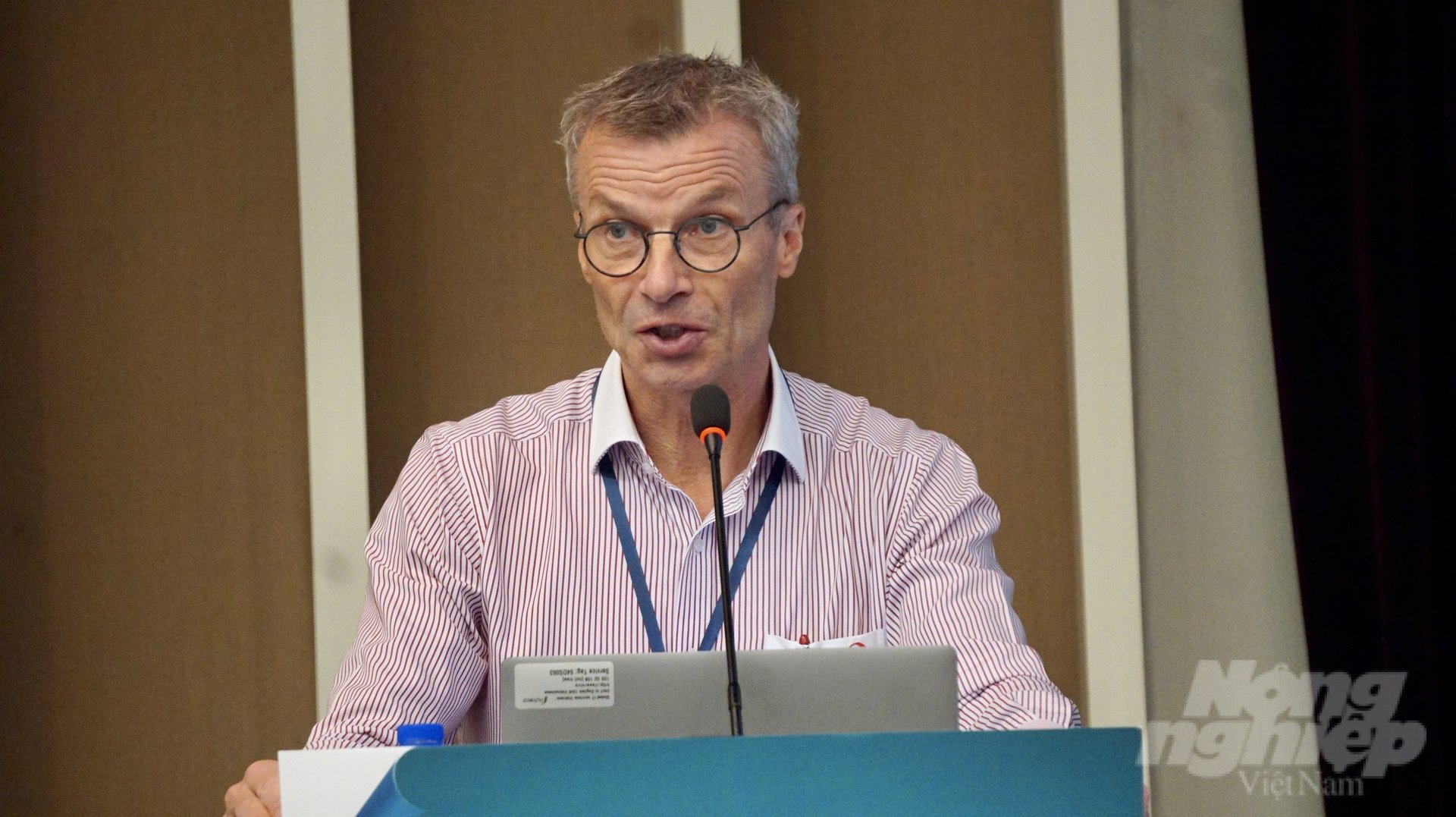
Mr. Arjen Roem, Marketing Director of Nutreco SEA (Skretting's Parent). Photo: Nguyen Thuy.
According to Mr. Arjen Roem, Marketing Director of Nutreco SEA (Skretting's parent), antibiotic resistance is one of the biggest threats to health, food security, and global development. Globally, 70% of antibiotics are used in animal feed production, 30% are used in human health.
In particular, antibiotic resistance is a danger to the health of fish and shrimp. Up to 64% of fish and 24% of shrimp farmers use antibiotics during production. It is mainly used to treat diseases, but most farmers are not experts, so using drugs without a prescription will lead to antibiotic residues in harvesting seafood for export.
Therefore, this expert believes that it is necessary to have guidelines for the responsible use of antibiotics, raise awareness, and help farmers understand the use of antibiotics in agriculture. In particular, moving towards antibiotic-free farming processes.
Dr. Tran Huu Loc, an expert in the field of shrimp farming lecturer at Ho Chi Minh City University of Agriculture and Forestry, said that the total cost (food, care, human resources...) for 1kg of shrimp in Ecuador only costs about US$ 2; India about US$ 2.5; Meanwhile in Vietnam, it costs about US$ 3.35. This unintentionally pushes the price of Vietnamese shrimp higher, making it less competitive than other countries.
Dr. Loc also shares the opinion with Mr. Arjen Roem that, in the immediate future, it is necessary to increase shrimp quality by completely stopping antibiotics so Vietnamese shrimp products can meet export standards.

Mr. Pham Bao Dang, Project Manager of Rynan Smart Aquaculture Joint Stock Company (Tra Vinh). Photo: Nguyen Thuy.
From another perspective, Mr. Pham Bao Dang, Project Manager of Rynan Smart Aquaculture Joint Stock Company (Tra Vinh), informed that to produce 1 ton of commercial white shrimp, Vietnam needs a reasonably large resource: 5.59 hectares of land; 45,500m3 of water; 24,863kWh of energy and emitting more than 13 tons of CO2 greenhouse gas. Meanwhile, to produce 1 ton of commercial white-leg shrimp, Ecuador needs 1.96 hectares of land, 76,800m3 of water, and 15,559kWh of energy. India needs 3.45 hectares of land, 39,200m3 of water, 25,000kWh of energy.
Therefore, achieving the Government's goal of net zero emissions by 2050 is a big challenge for the fisheries industry.
Faced with that reality, Rynan Smart Aquaculture has launched a zero-emission intensive shrimp farming model to sustain Vietnam's shrimp farming industry in Tra Vinh province. One of the necessary conditions in this model is to preserve and plant new mangrove forests; Prioritize the use of renewable energy sources and save energy; Increase efficiency in using land, water, and energy resources; Shrimp farming combined with other species to ensure biodiversity as well as efficiency to circulate used resources; Applying digital technology and information communication in operations to increase efficiency and create new value.
Mr. Simon Sanguin, Global R&D Team Leader of Aqua chez Royal De Heus, said that Vietnam has an advantage when signing EVFTA trade agreements, helping many tariff lines ensure trade in agriculture and aquaculture is deleted. However, Europe still requires traceability, food safety, and food hygiene and safety regulations. Therefore, it is necessary to comply with these rules to access the market.
"This is also the best time to bring sustainable animal feed production into the mainstream. Feed mills should be "brave enough" to invest in sustainable animal feed, not cost," Mr. Simon Sanguin affirmed.
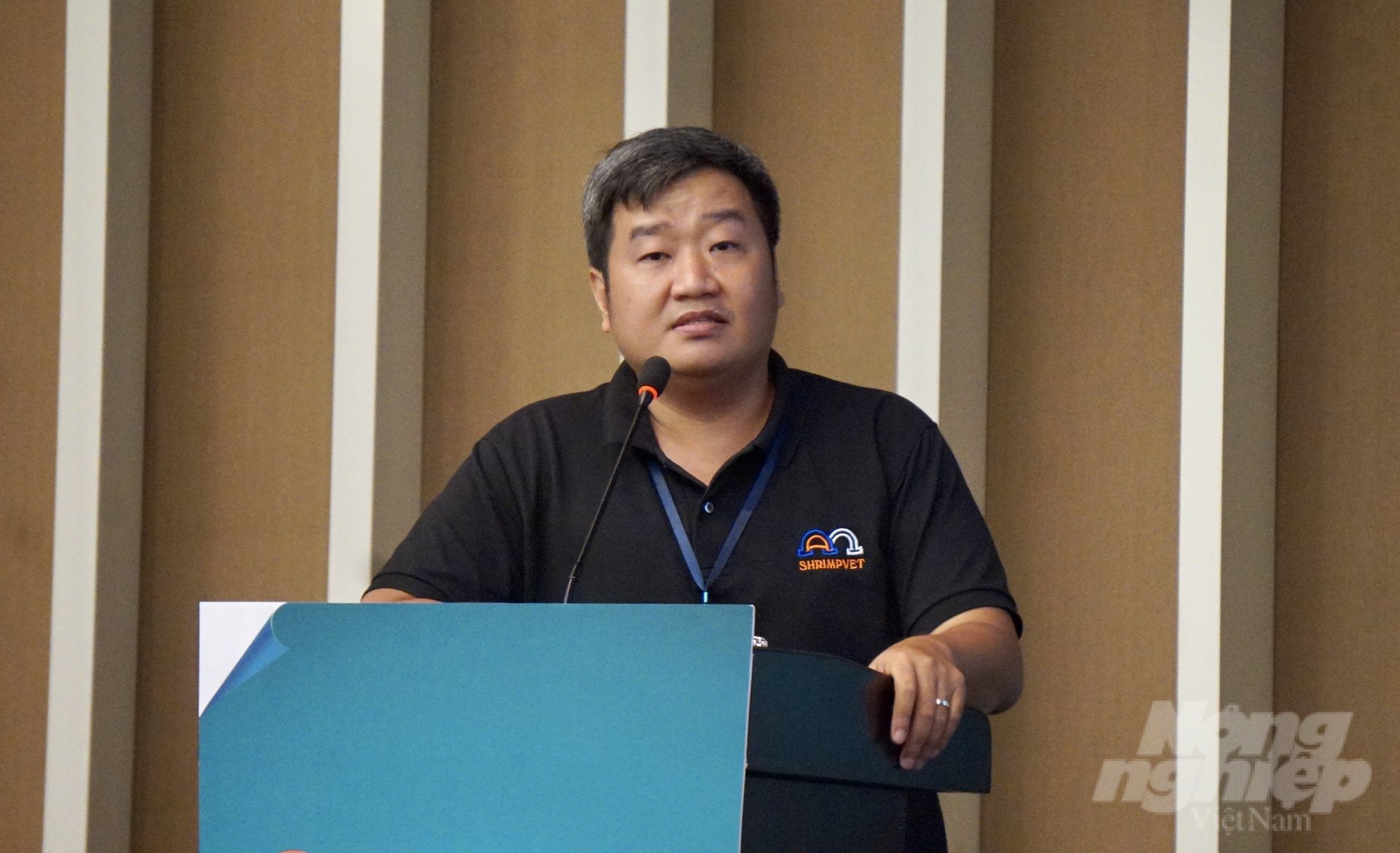
Dr. Tran Huu Loc, expert in shrimp farming, lecturer at Ho Chi Minh City University of Agriculture and Forestry. Photo: Nguyen Thuy.
In 2022, seafood exports recovered significantly as world seafood demand increased. On the other hand, inflation factors, the Russia-Ukraine conflict... caused competitive seafood prices to rise. However, the growth momentum of seafood exports began to slow down in December 2022, and new seafood export orders were slow to be signed or canceled, and this trend continued until 2023.
However, according to experts, in the fourth quarter of 2023, the market is expected to change for the better. The source of raw materials is stable, and seafood exports are expected to earn about US$ 9 billion. In particular, the US, China, Japan, and Korea markets are still Vietnam's main seafood export markets. In some markets in the Middle East, ASEAN has had a breakthrough in growth rate.
Translated by Tuan Huy
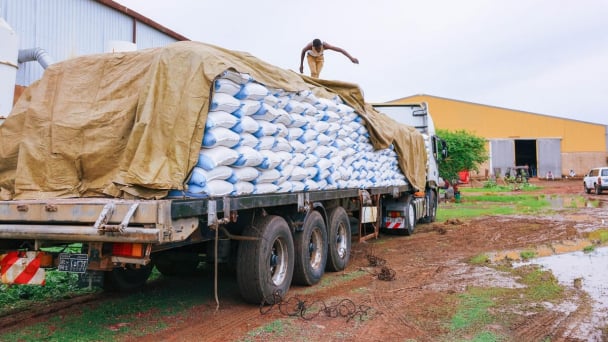
(VAN) In 2024, over 295 million people across 53 countries and territories faced acute hunger—an increase of almost 14 million people compared to 2023, while the number of people facing catastrophic levels of hunger reached a record high.

(VAN) World Environment Day 2025 (June 5) carries the theme 'Beat Plastic Pollution' continuing to emphasize the global urgency of addressing the plastic waste crisis.
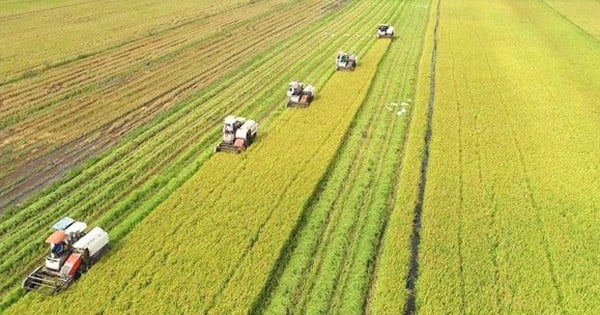
(VAN) This was the assessment shared by experts at the workshop titled 'Assessing the Role and Potential of Low-Emission Rice Production Systems in Vietnam,' held on the morning of May 19.

(VAN) Cai Rong Port is the fisheries control center of Quang Ninh, helping to monitor fishing vessels, combat IUU fishing, and remove the EC's 'yellow card'.
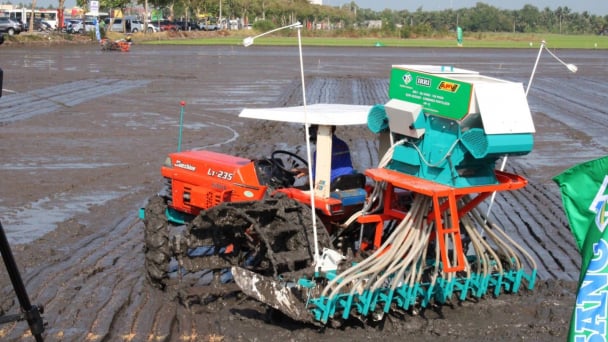
(VAN) The German Agricultural Society (DLG) explores the possibility of establishing a mechanization service center in Vietnam’s Mekong Delta to support farmers in accessing and utilizing advanced machinery.
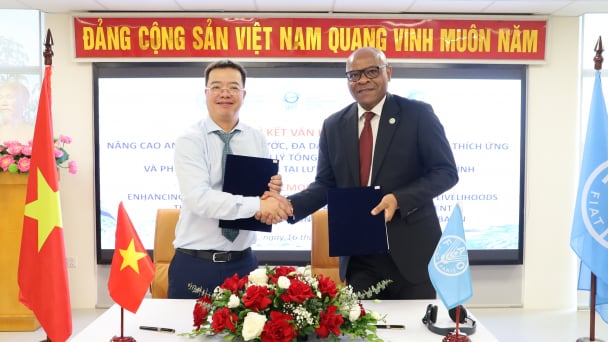
(VAN) On May 16, the Department of Water Resources Management, in collaboration with the Food and Agriculture Organization of the United Nations (FAO), held a signing ceremony for the GEF-8 project document.
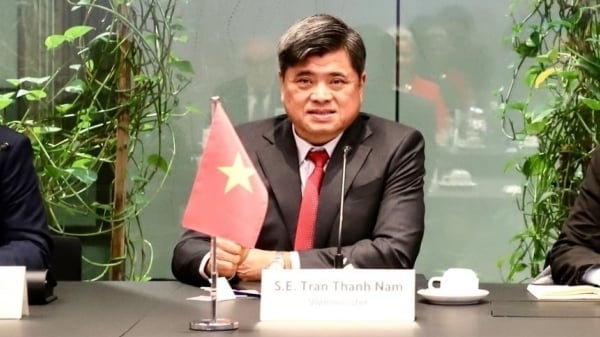
(VAN) Food safety, mechanization, vocational training, and market opening are key areas of cooperation expected between the Vietnamese Government and the Federal Republic of Germany.